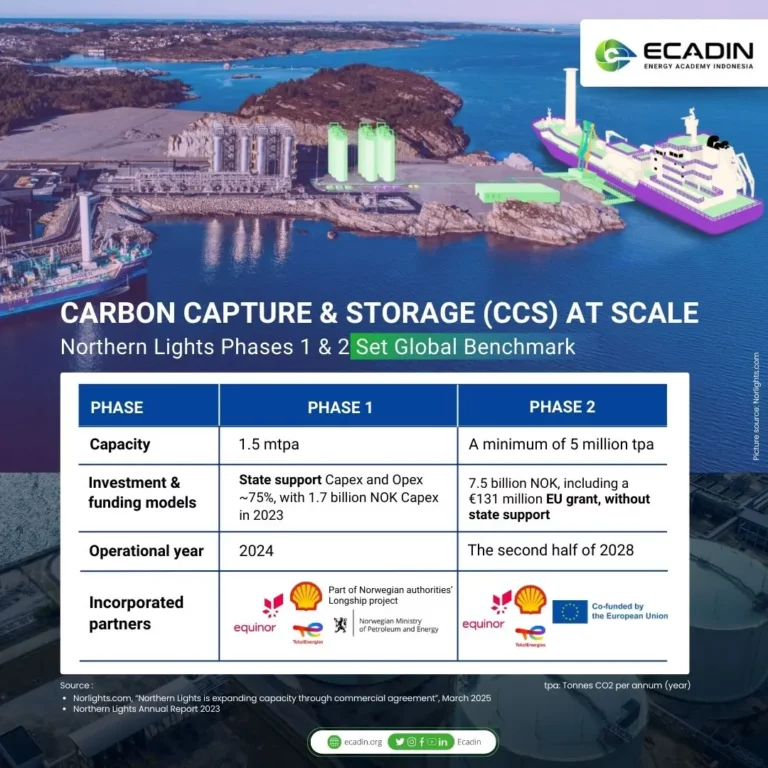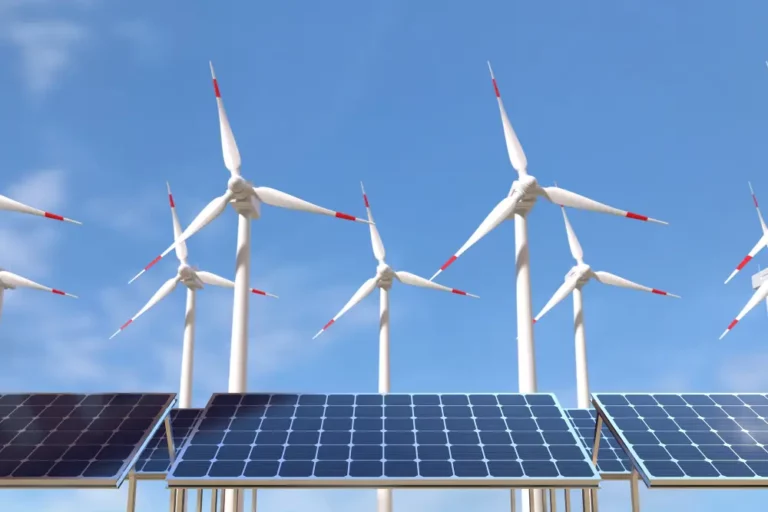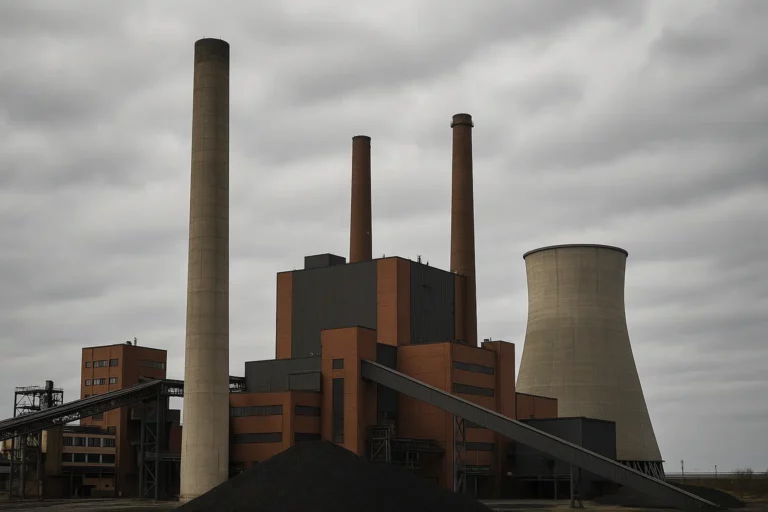Indonesia’s Renewable Energy Policy, Power Purchase Agreements Regulation (Permen ESDM no. 5/2025) has been issued to accelerate the adoption of renewable energy. The new rule, which took effect on March 4, 2025, was introduced as a strategic step to support the national clean energy target more effectively and sustainably.
This regulation provides a framework for Power Purchase Agreements (PJBL) between renewable energy developers (PPL) and the state electricity company (PT PLN) and replace previous regulations (Permen ESDM No. 10/2017 on Principals in the Electric Power Purchase Agreements which has been revised, most recently as of Permen ESDM No. 10/2018).
According to Dadan Kusdiana, Secretary General of the Ministry of Energy and Mineral Resources, this policy follows the government’s vision to achieve national energy security. He highlighted that this aligns with President Prabowo’s Asta Cita vision, which emphasizes energy security as a key national priority. Dadan explained this during a socialization event for this regulation on March 11, 2025 at the Ministry of Energy and Mineral Resources office.
The new PJBL guidelines aim to provide clear rules for PT PLN (Persero) and renewable energy developers (PPL) regarding payment terms, risk sharing, and contract details. Eniya Listiani Dewi, Director General of New Renewable Energy and Energy Conservation, explained that this new rule solves past issues like long talks, rising costs, and project delays. “This clearer and fairer rule is expected to bring more investments in renewable energy,” said Eniya. The new rules also cover geothermal power plant prices, local content use (TKDN), environmental rights, energy storage deals, and refinancing options for renewable power plants.

Comparison with Previous Regulation
This new policy is expected to accelerate the country’s shift towards renewable energy by providing a clear legal framework for PJBL from geothermal, solar, wind, hydro, biomass, biogas, and ocean energy sources. One of the major differences between Permen ESDM No. 5/2025 and the previous regulations (Permen ESDM No. 10/2017 and No. 10/2018) is its exclusive focus on renewable energy. In contrast, the previous regulations covered both fossil and renewable energy, making investment incentives for clean energy less prominent.
It introduces long-term Power Purchase Agreements with 30-year PJBL contracts, ensuring investment security for renewable energy developers. The regulation also integrates carbon credit incentives, allowing developers to benefit from carbon trading and renewable energy certificates, making renewable energy projects more financially attractive.
Additionally, this regulation strengthens the responsibilities of power developers (PPL), requiring them to achieve project milestones, provide performance guarantees, and ensure continuity in electricity supply. Risk allocation is also enhanced, where renewable energy developers manage investment sustainability risks, while PLN handles grid readiness, demand fluctuations, and currency volatility. In contrast, Permen ESDM No. 10/2017 mainly focused on policy risks and force majeure conditions, offering less comprehensive risk coverage.
Dispute resolution mechanisms are now more structured, more streamlined and investor-friendly, with a mandatory 30-day mediation period before arbitration, reducing potential conflicts and providing faster resolutions. This differs from Permen ESDM No. 10/2017, which allowed broader dispute resolution methods but lacked a structured mediation timeline, often leading to prolonged legal disputes.
In terms of pricing mechanisms, Permen ESDM No. 5/2025 establishes fixed prices, with additional incentives for excess energy sales and carbon trading opportunities. This differs from Permen ESDM No. 10/2017, which relied on market-driven pricing adjustments. This new fixed pricing model creates more financial predictability for investors.
Supervision of projects under Permen ESDM No. 5/2025 is also more centralized, with direct oversight from the Minister of Energy and Mineral Resources, compared to Permen ESDM No. 10/2017, where the Director General handled project approvals. This shift is expected to improve regulatory enforcement and accountability.
One notable addition in Permen ESDM No. 5/2025 is the inclusion of a provision requiring the use of local resources in renewable energy projects. This aims to boost local industries, create job opportunities, and support domestic supply chains, ensuring that Indonesia benefits economically from its clean energy transition.
Key Considerations for Further Regulations
During the socialization event, Eka Satria, Chairman IV of the Indonesian Renewable Energy Society (METI), emphasized that several aspects require further regulatory refinement. He pointed out the need for more attractive investment incentives, including alternative payment mechanisms for projects with foreign investors to allow transactions beyond Rupiah. Eka also highlighted the importance of more detailed PJBL guidelines to ensure clarity on pricing, risk-sharing, and contract structures.
Andriah Feby Misna, from the Directorate General of Renewable Energy (EBTKE), stated that the government is drafting additional regulations for hybrid power plants to support the integration of multiple renewable energy sources, ensuring grid stability and efficiency.
With Permen ESDM No. 5/2025, the government is providing greater certainty for investors, ensuring that renewable energy developers are incentivized to expand projects, and strengthening Indonesia’s commitment to clean energy.
New global trends in carbon pricing, emissions trading, and technological innovations in energy storage and grid modernization will further shape the success of this regulation.
References:
Written by:
Dr. Fean D. Sarian (Project Lead at ECADIN)









